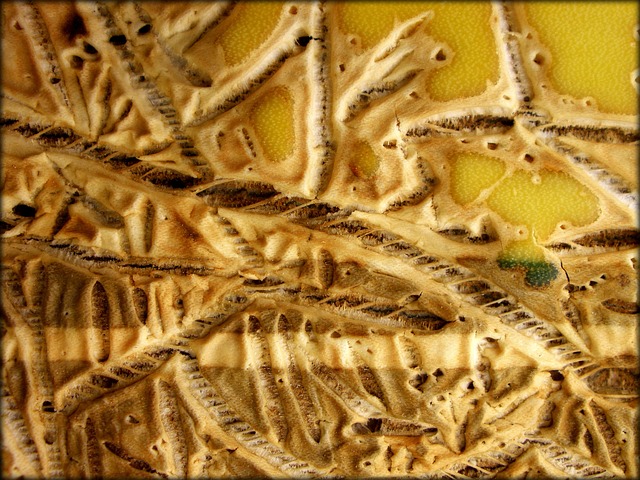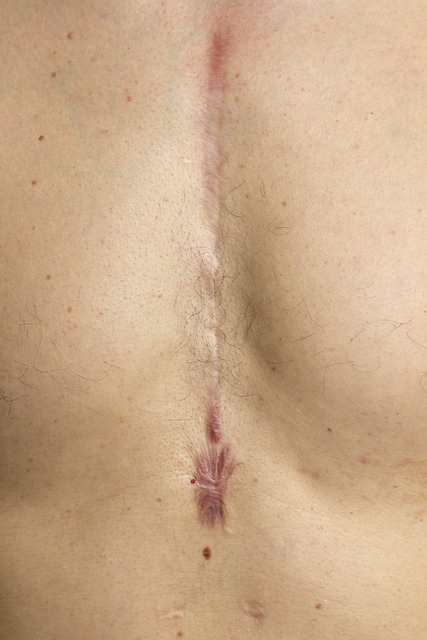Scar tissue is a natural part of the body’s healing process, forming to replace normal skin after injuries, surgeries, or other traumas. However, the resulting scars can often become tight, restrictive, and even painful, impacting not only appearance but also function and movement. Whether it’s a minor cut or a significant surgical incision, the formation of scar tissue can lead to complications that are more than just skin deep. Enter the world of scar tissue massage, a specialized technique aimed at addressing these very issues.
Exploring the most effective massage modalities for scar tissue reduction
Scar tissue is the body’s natural response to an injury, and over time, it may lead to a buildup of scar tissue around the scar, limiting flexibility and causing tightness. Massage techniques like sports massage and deep tissue massage are particularly beneficial to break down scar tissue. Sports massage can loosen scar tissue, increasing its temperature and making it more pliable. Various techniques are used in sports massage to help remodel scar tissue, increase relaxation, and regain range of motion. Deep tissue massage, on the other hand, involves applying firm pressure to get deeper into underlying tissues. This technique used in physical therapy helps relieve restriction and pain by breaking down adhesions and collagen fibers that are formed in response to an injury.
Remedial massage is also an effective modality to help reduce scar formation and improve mobility along the scar. With the use of lotion, physical therapists may perform scar tissue release by massaging a scar with enough pressure to move the skin and align the fibers. This mobilization promotes collagen maturation, softens the callus, and helps improve flexibility. Techniques like fingertip rubbing can help the scar and skin return to normal pliability. Moreover, for surgical incisions that are fully healed, a variety of techniques like fascia mobilization can be applied to help reduce the tightness and help the incision area to fully close. Regular remedial massage at a health centre can also foster relaxation and be part of a comprehensive approach to feel the scar area and enhance overall well-being.
Techniques employed in the breakdown of scar tissue
The human body often forms scar tissue as a connective response to an injury or fracture. This can lead to adhesions and reduced mobility. Thankfully, several massage techniques have been developed to help alleviate these problems. Acupressure is one such method, where pressure is applied to specific points with fingertips or thumbs, restricting blood flow and causing an ischemic reaction. As pressure is released, blood flow increases, softening and breaking down the scar tissue. Similarly, frictions, applied along muscle fibers using fingertips without lotion, help in loosening collagen fibers, reducing scar tissue, and increasing range of movement. These techniques, typically used by health services professionals, can start massaging the affected areas and begin the process of healing.
Trigger pointing is another popular technique used to break down scar tissue. By applying pressure to neuromuscular points found in the center of a muscle fiber, scar tissue is targeted and a numbing sensation may occur. This sensation signals that the therapist can apply more pressure to get deeper into the scar tissue. Once pressure is released, increased blood flow begins the process of repairing the damaged tissues. Massage helps in many ways, including reducing pain and restriction and promoting relaxation. Techniques like trigger pointing require 1-2 sessions and are often integrated into broader therapeutic strategies to improve normal skin functionality and overall well-being.
Unlock a world of relaxation and healing at our studio, where highly skilled massage therapists in Perth craft personalized experiences just for you. Rejuvenate your body and mind – book your moment of bliss today.
When massage therapy can facilitate scar tissue breakdown
In various situations, massage therapy plays an essential role in mitigating the problems related to scar tissue. One such situation is the management of acute pain where massage can help to break down scar tissue. A buildup of scar tissue often leads to restriction, pain, and adhesions that are formed within muscles and tendons. During massage, the temperature of the affected tissues is raised, improving elasticity and facilitating the breakdown of the scar tissue. As a result, a decrease in restriction and pain is observed, often making massage a sought-after therapy for those dealing with such issues.
Post-surgery, the formation of scar tissue can also cause discomfort, and again, massage can assist in addressing these problems. Scar tissue, being less flexible than the body’s natural tissues, limits movement and can amplify pain. Through the skillful application of various techniques, therapists can increase the elasticity and flexibility of the scar tissue, allowing it to be broken down more easily. Furthermore, massage therapy is also beneficial for scarring caused by injuries or surgeries. By realigning the collagen fibers and breaking down the restrictive scar tissue, the appearance of scars tends to diminish, and physical limitations may feel alleviated. Utilizing appropriate lotions or oils like vitamin E in the process can further aid in making the skin’s texture closer to normal.
The physiological impact of massage therapy on scar tissue breakdown
Scar tissue often forms as part of the body’s healing process, and it can create various complications, including stiffness, swelling, and discomfort. One of the most promising remedies for these challenges is massage therapy, and understanding the physiological effects of scar massage can provide insight into how it functions. A primary impact is the increased temperature in both superficial and deep tissues, leading to a loosening of the scar tissue. As the scar tissue’s elasticity and flexibility improve, the restrictions and muscle tightness decrease, thereby alleviating many of the symptoms related to scarring, such as pain. The increased temperature can also enhance the healing process by promoting circulation and reducing swelling.
Another critical physiological impact involves the breakdown and realignment of collagen fibers, the fibrous connective tissues that form scar tissue. When these fibers lay haphazardly across muscle fibers and fascia, adhesions are formed, causing restriction and pain. Scar massage targets these collagen fibers, breaking down the cross-links and utilizing a variety of techniques to realign them with the body’s natural muscle fibers. This realignment not only aids in reducing the pain but also plays a significant role in the myofascial release, further assisting in the healing process. Whether dealing with a fresh surgical scar or a longstanding one, massage therapy’s physiological effects can facilitate a smoother and more aesthetic healing journey, something that every scar may benefit from.






